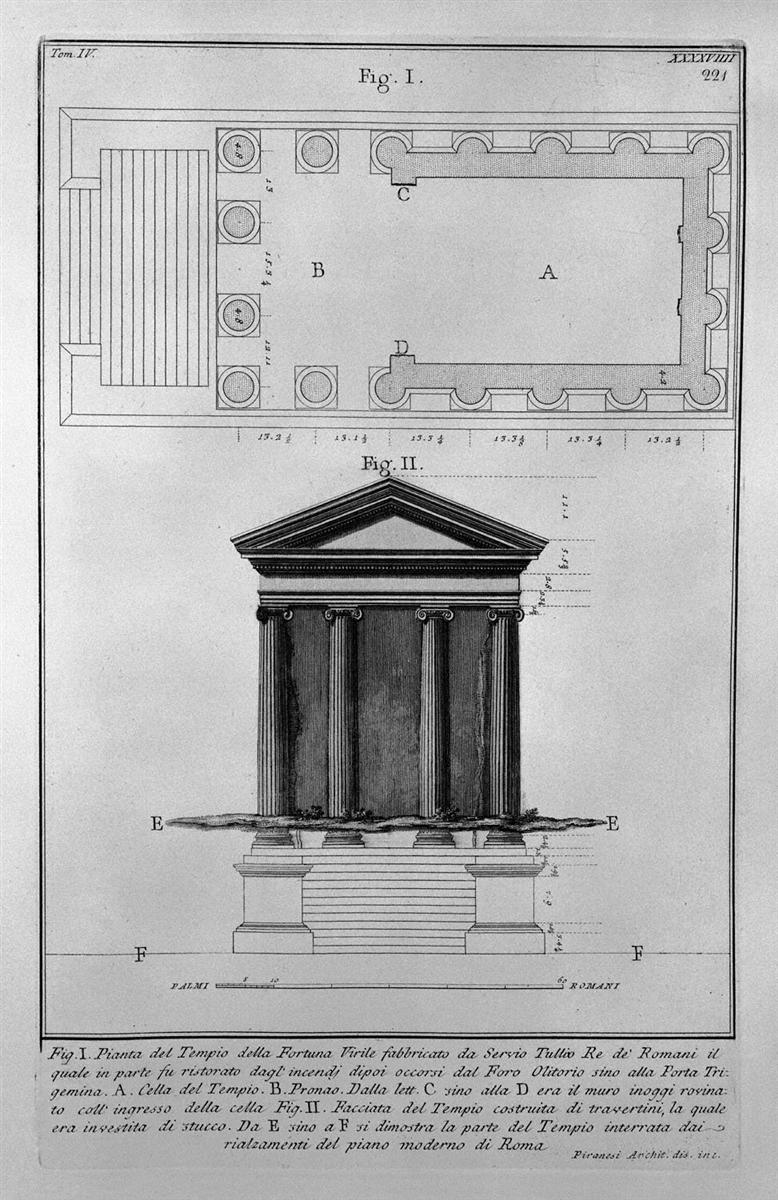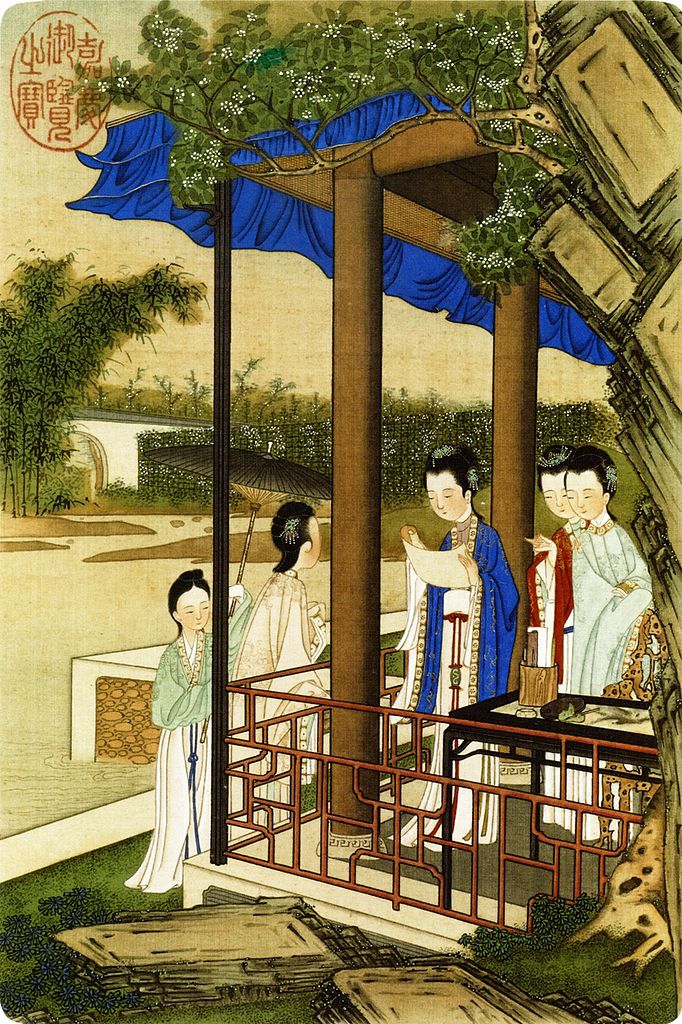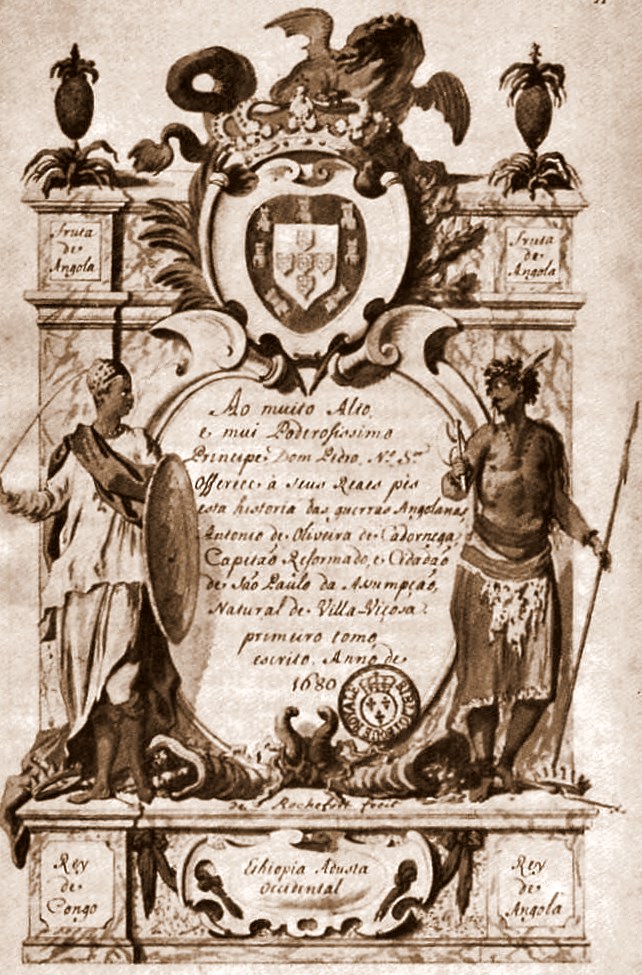『대반야바라밀다경』
K0001
T0220
대반야바라밀다경 제480권/전체600권
● 한글대장경 해당부분 열람I
● 한글대장경 해당부분 열람II
○ 통합대장경 사이트 안내
○ 해제[있는경우]
● TTS 음성듣기 안내
※ 이하 부분은 위 대장경 부분에 대해
참조자료를 붙여 자유롭게 연구하는 내용을 적는 공간입니다.
대장경 열람은 위 부분을 참조해주십시오.
● 자료출처 불교학술원 기금 후원안내페이지
『대반야바라밀다경』
♣0001-480♧
대반야바라밀다경 제480권/전체600권
♥아래는 현재 작성 및 정리 중인 미완성 상태의 글입니다♥
[페이지 내용 업데이트 관련 안내]
❋본문
◎[개별논의]
○ [pt op tr]
[#M_▶더보기|◀접기|

○ 2019_1106_152351_nik_fix 화순 계당산 쌍봉사

○ 2019_1105_140422_nik_exc_s12 순천 조계산 선암사

○ 2019_1106_130324_can_exc 화순 영구산 운주사

○ 2019_1105_110506_can_fix 순천 조계산 선암사

○ 2019_1105_122614_can_exc 순천 조계산 선암사

○ 2019_1201_143655_can_exc_s12 원주 구룡사

○ 2020_0908_154231_nik_ori_rs 합천 해인사

○ 2020_0909_163113_can_ori_rs 무주 백련사

○ 2020_0930_143026_nik_ori_rs 화성 용주사

○ 2016_0505_133040_nik 춘천 청평사

○ 2020_1017_154115_can_exc_s12 삼각산 화계사

○ 2020_1017_153249_can_ori_rs 삼각산 화계사

○ 2020_1017_160259_can_ori_rs 삼각산 화계사

○ 2018_1022_132853_can_ori 공주 계룡산 갑사

○ 2018_1022_133112_nik_exc 공주 계룡산 갑사

○ 2020_1114_134447_can_ori 삼각산 도선사

○ 2019_1104_172028_can_exc_s12 구례 지리산 연곡사

○ 2019_1104_105823_nik_fix 구례 화엄사
● [pt op tr] fr
_M#]

○ 2019_1106_091937_can_exc_s12 화순 영구산 운주사
❋❋본문 ♥ ◎[개별논의]
★%★
『대반야바라밀다경』
♣0001-480♧
![]()
◎◎[개별논의] ♥ ❋본문
★1★
◆vjyd1771
| ◈Lab value 불기2568/02/22 |
|
♥단상♥ |
|
문서정보 ori https://buddhism0077.blogspot.com/2024/02/2568-02-22-k0001-480.html#1771 sfed--대반야바라밀다경_K0001_T0220.txt ☞대반야바라밀다경 제480권/전체600권 sfd8--불교단상_2568_02.txt ☞◆vjyd1771 불기2568-02-22 θθ |
■ 선물 퀴즈
방문자선물 안내페이지
다음에 해당하는 단어를
본 페이지
에 댓글로 적어주시면 됩니다.
【범】uḍumbara 또는 오담바라(烏曇波羅)ㆍ오담발라(鄔曇鉢羅)ㆍ우담발화(優曇鉢華)ㆍ우담화(優曇華)라 번역. 상과(桑科)에 딸린 무화과의 1종. 학명 : Ficus Glomerata. 나무 크기는 한 길 남짓하고 잎은 4~5촌. 뾰쪽한 끝이 가늘고, 꽃은 자웅의 구별이 있음. 3천 년 만에 한번 꽃이 핀다 하여, 아주 희유한 일에 비유.
답 후보
● 우담발라화(優曇跋羅華)
우왕(牛王)
울단월(鬱單越)
원돈범부(圓頓凡夫)
원생게(願生偈)
원융상섭문(圓融相攝門)
원통대사(圓通大士)
ॐ मणि पद्मे हूँ
○ [pt op tr]
[#M_▶더보기|◀접기|
■ 음악
Benjamin Biolay - De Beaux Souvenirs
Florent Pagny - Ma liberté de penser
Je Suis Malade - Je Suis Malade
Julien Dore - Homosexuel
Renan Luce - La Boite
Sebastien Patoche - Outro
AXELLE RED - A Tons
■ 시사, 퀴즈, 유머
뉴스
퀴즈
퀴즈2
유머
■ 한자 파자 넌센스 퀴즈
交 ■ ( 사귈 교 )
053▲ 曲共光交臼 ■ 곡공광교구 53 ( 굽을 곡/ 잠박 곡, 누룩 국 )( 한가지 공 )( 빛 광 )( 사귈 교 )( 절구 구 )
054▲ 年老耂耒吏 ■ 년로로뢰리 54 ( 해 년( 연), / 아첨할 녕( 영) )( 늙을 로 / 노 )( 늙을로엄 로 / 노)(가래 뢰 /뇌 )( 벼슬아치 리 / 이, 관리 리. 이 ) 재춘법한자
【 】 ⇄✙➠
일본어글자-발음
중국어글자-발음
■ 영어단어 넌센스퀴즈- 예문 자신상황에 맞게 바꿔 짧은글짓기
■ 번역퀴즈
번역
번역연습(기계적 번역내용 오류수정 연습)
■ 영-중-일-범-팔-불어 관련-퀴즈
[wiki-bud] Menander
[san-chn] vijitavat 毘指多婆多
[san-eng] viśiṣṭāḥ $ 범어 especially powerful
[pali-chn] vīriya-samādhi-padhāna-saṅkhāra-samannāgata-iddhipāda 精進定勝行成就如意足
[pal-eng] bhassara $ 팔리어 adj.bright; shining; resplendent.
[Eng-Ch-Eng] 三苦 Three kinds of suffering: (1) kuku 苦苦 the suffering one experiences from contact with unpleasant objects; (2) xingku 行苦 the suffering caused by change; (3) huaiku 壞苦 the suffering experienced due to the destruction of conditions pleasing to the subject. (tri-duh!khata^)
[Muller-jpn-Eng] 三十二相經願 サンジュウニソウキョウガン vow of the Sutra on the Thirty-two Marks
[Glossary_of_Buddhism-Eng] EASY PATH OF PRACTICE☞
Syn: Easy-to-Practice Way.
See also: Difficult Path of Practice; Easy Practice Chapter; Other
Power; Pure Land School; Universal Method.
“Refers to Pure Land practice. The Easy Path involves reliance
on the power of the Buddhas and Bodhisattvas, in particular
Buddha Amitabha (‘other-power’) in addition to one’s own cultivation (‘self-power’). Usually contrasted with primary reliance on
self-power (Difficult Path of Practice), taught in other Buddhist
schools. Simultaneous reliance on self-power and other-power distinguishes the Pure Land School from most other schools of Buddhism.
The distinction is, however, a matter of emphasis, as all schools of
Buddhism rely, to a greater or lesser extent, on both self-power and
other-power.”
“In the ‘Commentary of the Ten Stages’ chapter on ‘Easy Practice,’
Patriarch Nagarjuna discusses the attainment of the non-retrogressive
state and then distinguishes two paths. The first follows the ‘easy
practice’ (i-hsing) of devotion, which is likened to riding on a vessel
over water. The ‘difficult’ (nan) path resembles a Bodhisattva walking on land to his destination. Amitabha is one among numerous
transcendent Buddhas to whom devotion of easy practice may be
directed. In East Asia, the distinction between the difficult and the easy
path served as one of the primary doctrinal bases for the establishment of
Pure Land as an independent school.”
I. Why The Easy Path?
“There are two paths of cultivation. The Difficult Path refers to the
practices of sentient beings in the world of the Five Turbidities, who,
through countless Buddha eras, have aspired to reach the stage of
Non-Retrogression. The difficulties are truly countless, as numerous
as specks of dust or grains of sand, too numerous to imagine. I will
summarize the five major ones: a) Externalists are legion, creating
confusion with respect to the Bodhisattva Dharma; b) Evil beings
destroy the practitioner’s good, wholesome virtues; c) Worldly merits
and blessings can easily lead the practitioner astray, so that he ceases
to engage in virtuous practices; d) It is easy to stray onto the Arhat’s
path of self-benefit, which obstructs the Mind of great compassion;
e) Relying exclusively on self-power, without the aid of the Buddha’s
power, makes cultivation very difficult and arduous. It is not unlike
the case of a feeble, handicapped person, walking alone, who can only
go so far each day regardless of how much effort he expends. “The
Easy Path of cultivation means that if sentient beings in this world
believe in the Buddha’s words, practice Buddha Recitation and vow
to be reborn in the Pure Land, they are assisted by the Buddha’s vowpower and assured of rebirth. This is analogous to a person who floats
downstream in a boat; although the distance may be many thousands
of miles, his destination will be reached in no time.’ ”
(T’ien T’ai Patriarch Chih I)
II. Pure Land School
“Everyone can appreciate why Pure Land, particularly Oral Recitation
(q.v.), is an Easy-to-Practice method. However, the word ‘easy’ has
many meanings, with which not everyone may be familiar. This
is because when practicing other methods, for example, Scriptural
Studies, we encounter an immense number of sutras and commentaries,
infinitely profound in meaning. In the first instance, the practitioner
should fully understand the basic teaching and, from there, penetrate
the different shades of meaning. After that, he should reconcile all
meanings, extracting their kernel and essence, to discover and choose
the method of cultivation that he will follow all his life. All this cannot
be done unless he is willing to spend several dozen years of hard work.
Should he decide to seek liberation through the Discipline method, the
practitioner must join the Order and become thoroughly conversant
with all aspects of the different bodies of precepts. He should also
possess the wisdom to distinguish meaning from words and apply the
precepts in a flexible manner, according to the environment, the times
and the occasion. Thus, to study the sutras is not necessarily difficult,
but to study the precepts to the point of knowing how to adapt them
skillfully, neither breaking them nor being rigidly bound by them,
is truly difficult. Once having understood the precepts, the practitioner must exercise patience and fortitude and endure discomfort and
suffering in order to achieve success. If he decides to enter the Way
through Zen, he should have previously sown the seeds of wisdom
and have suitably high innate capacities. Otherwise, he has no hope
of attaining this lofty Dharma and participating in the ‘transmission
of the lamp’ (the enlightenment experience). Therefore, a famous
Buddhist scholar once said: Practicing Zen to achieve Buddhahood
is the domain of scholars endowed with wisdom. This observation is
certainly not incorrect or exaggerated. With Oral Recitation, once the
practitioner has developed the mind of Faith and Vows, he can recite
the Buddha’s name and engage in cultivation regardless of whether
his capacities are high, moderate or limited. Moreover, while other
methods depend on self-power alone, the Pure Land Dharma Door
first relies to the utmost on self-power and then adds the element of
‘other-power.’ Other-power is precisely the infinitely great and powerful Vow of Amitabha Buddha ‘to welcome and escort.’ As long as
a practitioner sincerely repents and recites the Buddha’s name with
one-pointedness of mind, even though he is not yet free of delusions
and is still afflicted with heavy evil karma, he, too, will be welcomed
to the Pure Land.
“The ancients used to say, by way of comparison: Practicing other
methods is as difficult and laborious as an ant climbing a high mountain; reciting the Buddha’s name seeking rebirth in the Pure Land is
as swift and easy as a boat sailing downstream in the direction of the
blowing wind. This observation is very appropriate indeed. Moreover,
once reborn there, living in an auspicious and peaceful environment,
always in the company of Buddha Amitabha and the Bodhisattvas,
the practitioner will swiftly achieve success in whatever Dharma
method he chooses. He is like a log rolling down a high mountain,
which just keeps going and never stops, even for a moment.
“In summary, Buddha Recitation is easy for three reasons: easy practice,
easy achievement of rebirth in the Pure Land and easy attainment
of Buddhahood. Therefore, the results achieved through Buddha
Recitation from time immemorial can be compared to the clear and
limpid sound of precious stones striking against genuine gold, or the
sight of “smiling lotus blossoms with their fresh and fragrant grades
of rebirth.” Within these levels and grades, the path from sentient
being to Buddhahood contains many ranks, yet is also without rank.
This is because, once reborn in the Pure Iand, the practitioner has
transcended Birth and Death – and to recite the Buddha’s name is
to become Buddha. This is like the silkworm, the cocoon and the
butterfly, which are inseparable; there is very little difference between
saying that a butterfly is originally a worm and that the worm is the
butterfly.”
[fra-eng] dissocier $ 불어 dissociate
[chn_eng_soothil] 能人 An able man, i.e. Buddha as the all-powerful man able to transform the world.
■ 삼매_게송퀴즈
■ 오늘의 게송
[53일째]
여시섭수안주이 $ 053▲懺慕陀懺慕陀為 一 ● 瑿攞陀, ○□□□□,所,入,入,意
□□□□□□□, 所有境界不可說,
入時方便不可說, 入已所作不可說,
□□□□□□□, 소유경계불가설,
입시방편불가설, 입이소작불가설,
如是攝受安住已,
이렇게 받아 넣고 머무른 뒤에
갖고 있는 경계를 말할 수 없고
들어갈 때 방편도 말할 수 없고
들어가서 짓는 일도 말할 수 없어
[54째]
의근명료불가설 $ 054▲瑿攞陀瑿攞陀為 一 ● 摩魯摩, ○□□□□,遊,勇,自,所
□□□□□□□, 遊歷諸方不可說,
勇猛精進不可說, 自在神變不可說,
□□□□□□□, 유력제방불가설,
용맹정진불가설, 자재신변불가설,
意根明了不可說,
의근(意根)이 분명함을 말할 수 없고
여러 방위 다님도 말할 수 없고
용맹하게 정진함도 말할 수 없고
자유로운 신통 변화 말할 수 없고
055□
●K0009_T0225.txt★ ∴≪A대명도경≫_≪K0009≫_≪T0225≫
●K0001_T0220.txt★ ∴≪A대반야바라밀다경≫_≪K0001≫_≪T0220≫
●K0105_T0374.txt★ ∴≪A대반열반경≫_≪K0105≫_≪T0374≫
■ 암산퀴즈
736* 156
98229 / 239
■ 다라니퀴즈
구족수화길상광명대기명주총지 53 번째는?
자비주 53 번째는?
성관자재보살 명호 53 번째는?
53 “세존이시여, 이와 같이 이 ‘구족수화길상광명대기명주총지(具足水火吉祥光明大記明呪總持)의 말씀’은
돈계, 敦祇<五十三葵計反>
tunje
(~!~) 성스러운 가문에 출생 토록 전진 전진케 하소서.
『대승대집지장십륜경』
♣0057-001♧
53
이 다라니를 외우고 가지는 사람은
곧 부처님 몸을 지닌 곳간[佛身藏]이니
99억 항하사의 모든 부처님께서
사랑하시고 아껴주시는 까닭이니라.
● 싯다야 悉陁夜<五十三> sid dhā ya
『불설천수천안관세음보살광대원만무애대비심다라니경』
♣0294-001♧
53
니라감 다라보로 오도아나 사
你囉鑑<二合>哆囉部嚕<二合>塢睹誐曩<引>舍<五十三>
『성관자재보살일백팔명경』
♣1122-001♧
114816
411
법수_암기방안
54 입 mouth 口脣 【구순】
53 (귀)코 nose 鼻 【비】
■ 오늘의 경전 [이야기, 게송,선시 등]
2568_0222_234852 :
대장경 내 게송
노여운 마음을 건전하게 다스려서 효심과 가지런히 하고
● 健恊嗔齊孝
출전:
한글대장경 K1258_Txxxx
어제연화심윤회문게송(御製蓮華心輪廻文偈頌) 북송 태종찬
御製蓮華心輪廻文偈頌 【北宋 太宗撰】
출처 불교기록문화유산아카이브 통합대장경
https://kabc.dongguk.edu/m
■요가자세 익히기
요가_허리 비틀기

○ 2018_0722_133856_can_AB31

○ 2019_1004_155855_nik_ab27_1

○ 2019_1004_145416_can_CT27

○ 2019_1004_170220_can_CT27

○ 2019_1004_131954_nik_CT38

○ 2019_1004_141212_can_ar45

○ 2019_1004_154747_nik_BW25

○ 2019_1004_171301_nik_ar45

○ 2019_1004_155629_can_AB7

○ 2019_1004_142113_can_ct18

○ 2019_1004_143810_nik_AR35

○ 2019_1004_150943_can_ar47

○ 2019_1004_151651_can_ar47

○ 2019_1004_155211_can_ar47

○ 2019_1004_160658_can_fix

○ 2019_1004_163631_can_ar38

○ 2019_1004_143010_can_ab2
● [pt op tr] fr
_M#]

○ 2019_1004_175514_nik_ab1
™善現智福 키워드 연결 페이지
https://buddhism0077.blogspot.com/2020/06/keyword.html
○ [pt op tr]
● 대반야바라밀다경_K0001_T0220 [문서정보]- 일일단상키워드
[#M_▶더보기|◀접기|
[관련키워드]
대반야바라밀다경 제480권/전체600권
■ 본 페이지 ID 정보
불기2568-02-22_대반야바라밀다경-K0001-480
https://buddhism0077.blogspot.com/2024/02/2568-02-22-k0001-480.html
sfed--대반야바라밀다경_K0001_T0220.txt ☞대반야바라밀다경 제480권/전체600권
sfd8--불교단상_2568_02.txt ☞◆vjyd1771
불기2568-02-22
https://blog.naver.com/thebest007/223362316134
https://buddhism007.tistory.com/18514
htmback--불기2568-02-22_대반야바라밀다경_K0001_T0220-tis.htm
● [pt op tr] fr
_M#]



댓글 없음:
댓글 쓰기
What do you think is the most important?
Do you know why this is the most important?